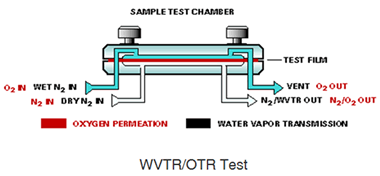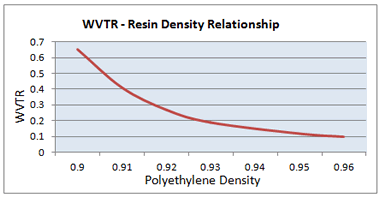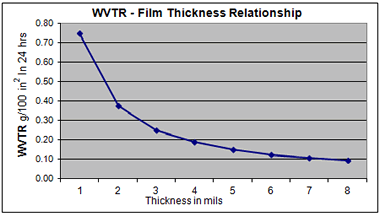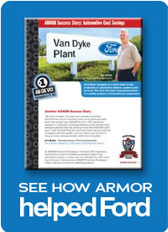 |
||
 |
||
|
POLYETHYLENE VCI FILM THICKNESS AND CORROSION PREVENTION By Robin McConnell, President, Armor Protective Packaging® Corrosion is the natural mechanism by which metal returns to its original state of ore. Corrosion of metal is an electro-chemical process. Electrons flow from high-energy areas of metal to low energy areas through a conductive solution on the surface of the metal. Corrosion will not take place without a conducting solution. The solution is called an electrolyte usually caused by water, rain, moisture, or humidity. As little as 65% relative humidity will form an electrolyte, which can cause corrosion. As featured in the May ARMOR SENTINEL‘s Corrosion College, polyethylene packaging films containing Volatile or Vapor Corrosion Inhibitors (VCI) help prevent corrosion in two ways. First, the polyethylene film provides a barrier that prevents water, moisture, and humidity from depositing on the metal surface. Second, VCI migrates out of the film and deposits on the metal, passivating and protecting the surface. Barrier Properties of Polyethylene Film The barrier properties of polyethylene VCI film is a critical component of corrosion prevention. One common measure of a film’s barrier properties is Water Vapor Transmission Rate (WVTR). This is the rate at which water vapor will migrate through the film. There are standard test procedures (TAPPI T-464, ASTM E96) that specify test conditions and test apparatus (wet chamber).
The most critical variables that affect WVTR for polyethylene film are film crystalline structure, and film thickness. Crystalline Structure Polyethylene resin has a mixture of crystalline and amorphous areas. Molecular chains in crystalline areas are arranged somewhat parallel to each other. In amorphous areas, they are randomly arranged. For polyethylene (PE), the higher the resin density the higher the degree of crystallinity. High density PE resins (HDPE) have molecular chains with comparatively few side chain branches. This allows the chains to pack more closely together. The result is crystallinity up to 85%. Low density PE resins (LDPE) generally have crystallinity from 35 to 55%.The higher the crystallinity (higher density) the better the barrier properties.
For any given density polyethylene resin the most critical factor affecting barrier properties is film thickness. WVTR decreases as film thickness increases. The WVTR for low density polyethylene decreases dramatically in the range of 1 to 4 mils as film thickness increases.
A 3 or 4 mil polyethylene film provides a significantly better barrier than a 1 mil thick film. Also, thicker polyethylene VCI films contain more VCI than thinner films. Thus, thicker polyethylene VCI films provide increased protection in two ways. The higher barrier properties reduce the rate of moisture migration into the packaging environment. Also, as moisture does migrate into and through the polyethylene VCI film, more VCI is released and becomes readily available to protect the enclosed metallic surfaces. As moisture levels increase, VCIs become more active. The presence of moisture increases the concentration of VCI in the air space and on metallic surfaces. Higher humidity levels increase the concentration of VCIs in the packaging environment. When moisture is present in and on the polyethylene VCI film, the VCI partially dissolves to form smaller components (ions). The vapor pressure of the VCI ions is higher than that of the whole VCI complex in the polyethylene VCI film. This results in more VCI evolving from the film into the packaging environment. This process effectively increases the vapor pressure and concentration of the VCIs in the packaging environment and on the metal surface. Thicker polyethylene VCI films provide a better barrier and a larger reservoir of VCI. For typical applications, polyethylene VCI films of at least 2 mils or greater should be used and 3 to 4 mil films are preferred. Please note, the VCI technology featured in this article reflects the performance capabilities of ARMOR’s VCI Nanotechnology. VCIs offered/manufactured by other vendors are not the same and may not deliver the same performance as ARMOR’s VCI as outlined in the article above. |






